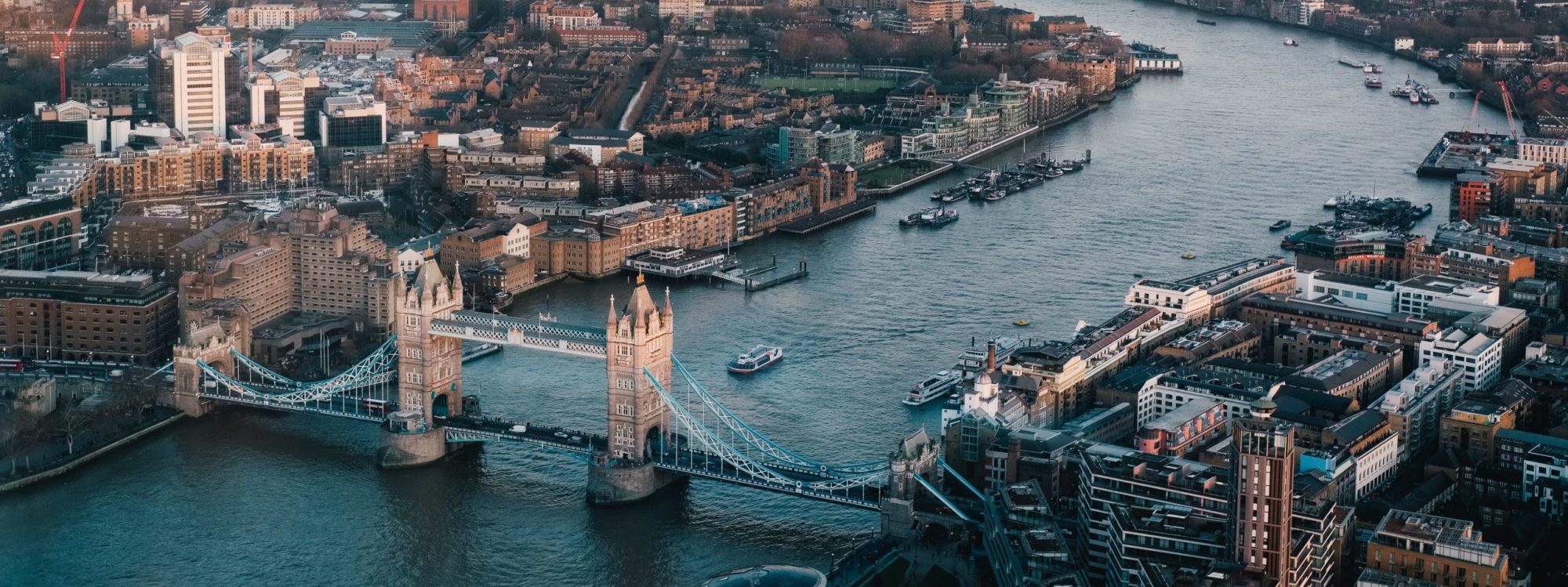England At A Glance
Capital: London
Currency: Pound Sterling (1 pound sterling is equal to 1.25 USD)
Language: English
Climate: London’s average temperature is 43 °F in January, 66 °F in July
Best Time to Visit: Late March-early June, September-November
Popular Cuisine: Beef Wellington, Stilton Cheese, Earl Grey Tea, English Breakfast, Fish and Chips, Cheddar Cheese
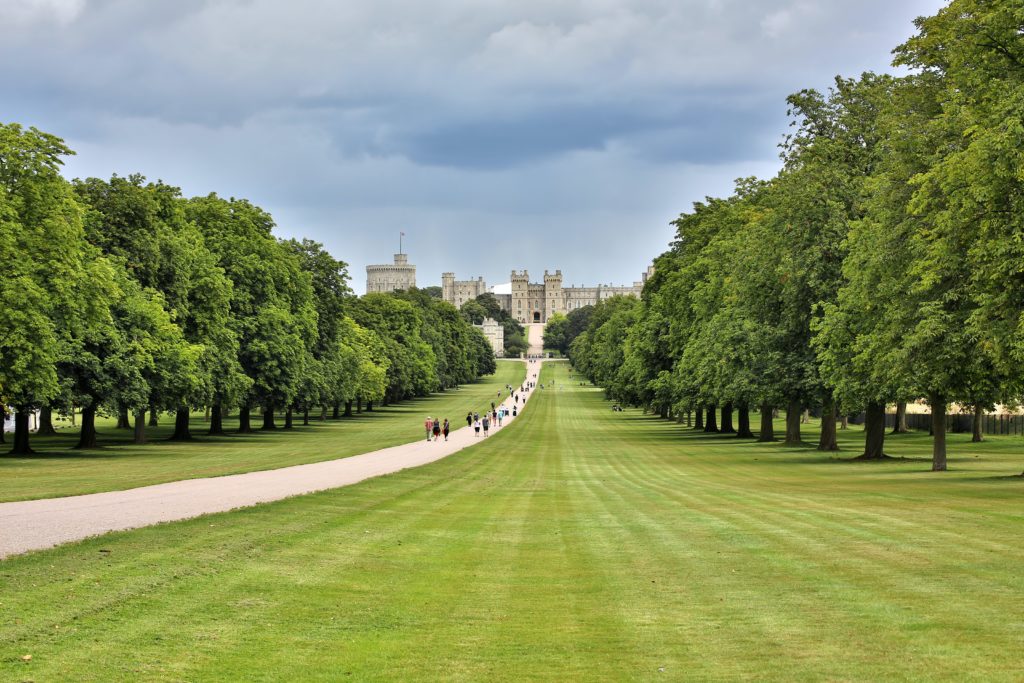
Castle Hill, Windsor
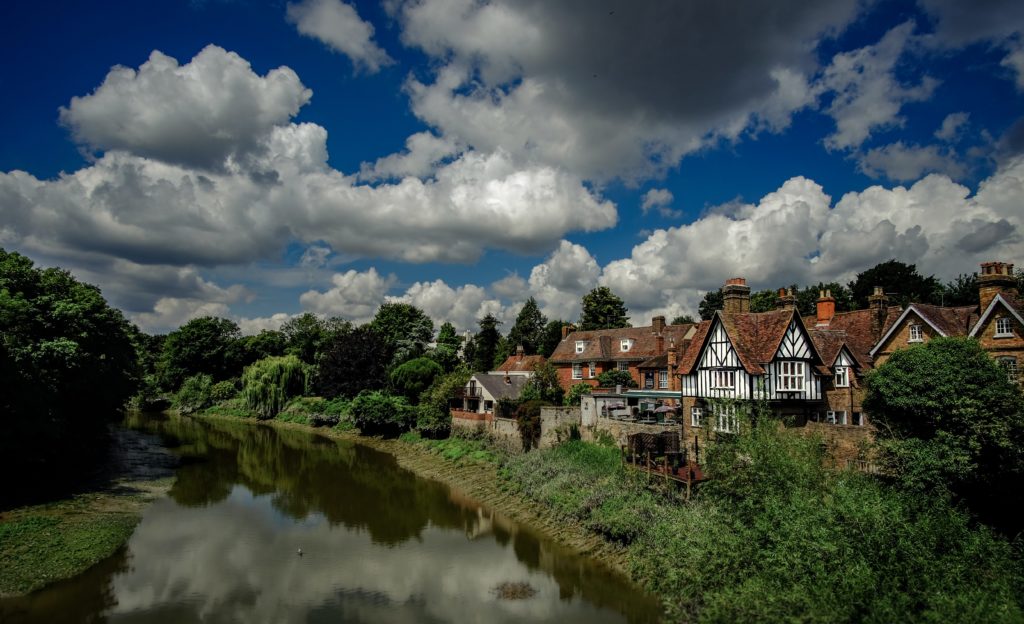
Aylesford
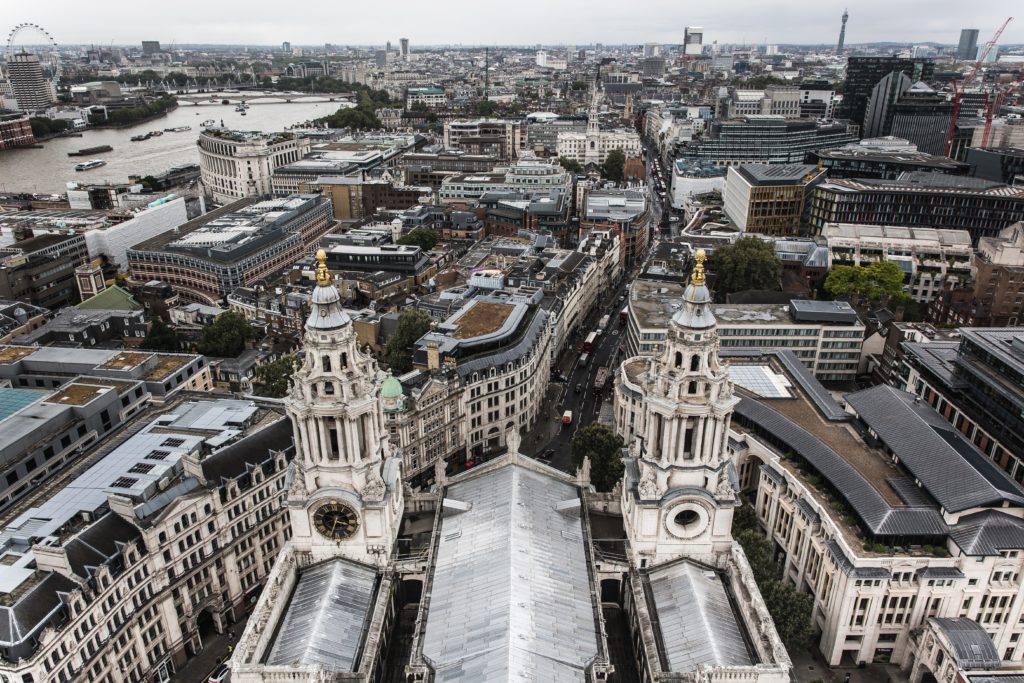
St. Paul's Cathedral, London
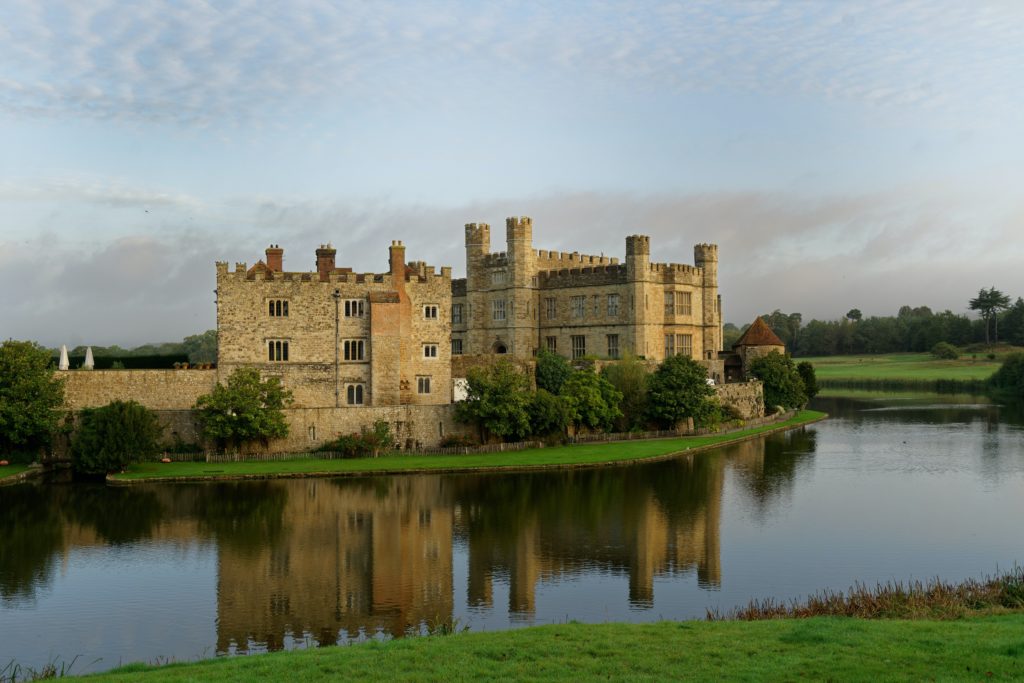
Leeds Castle, Kent
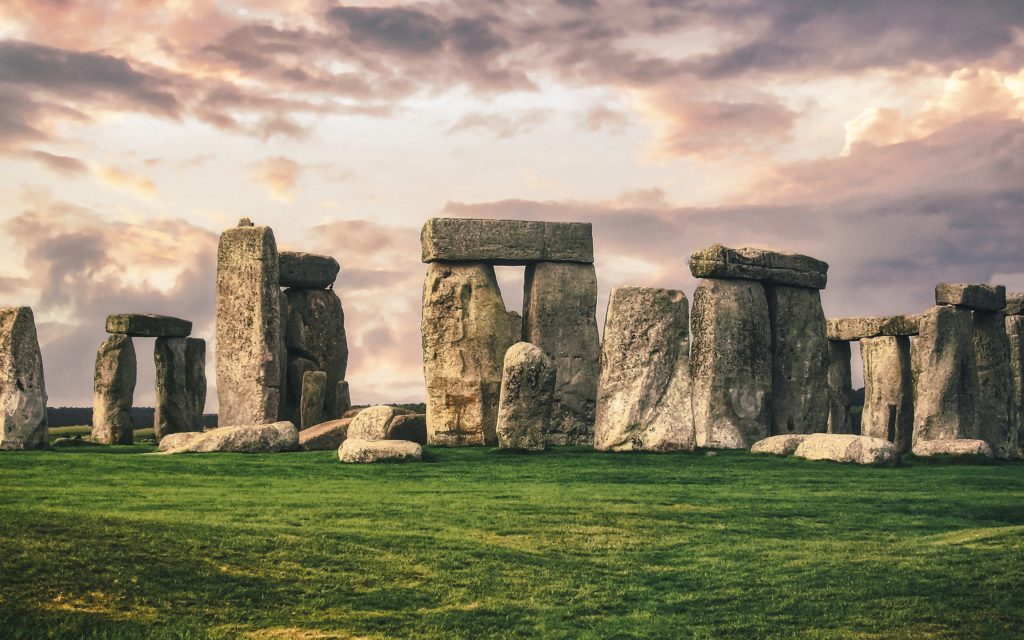
Stonehenge
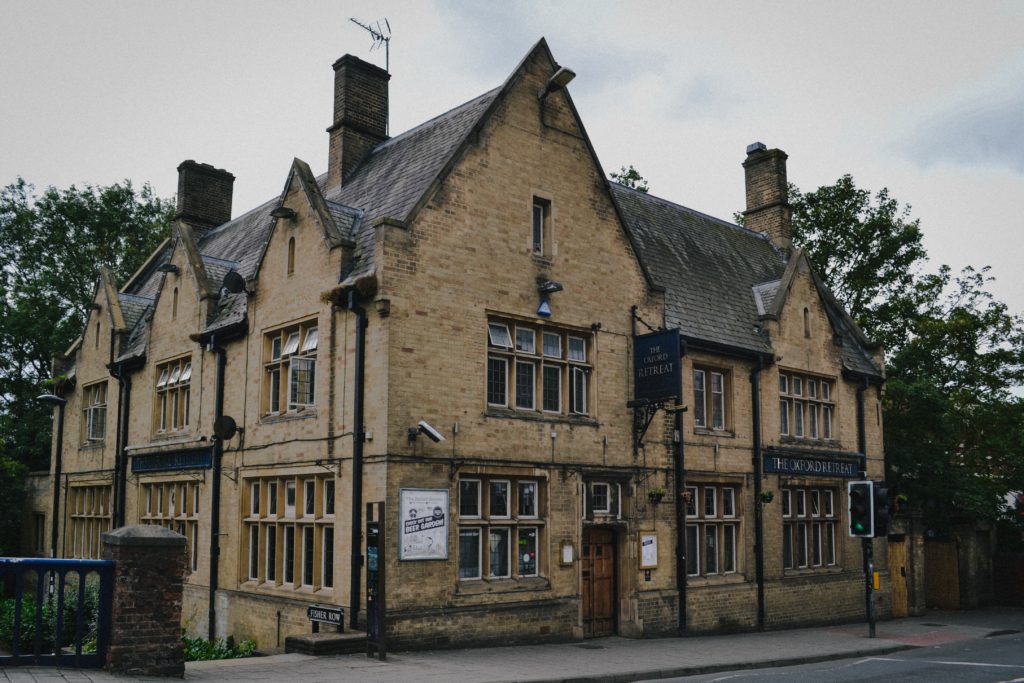
Oxford
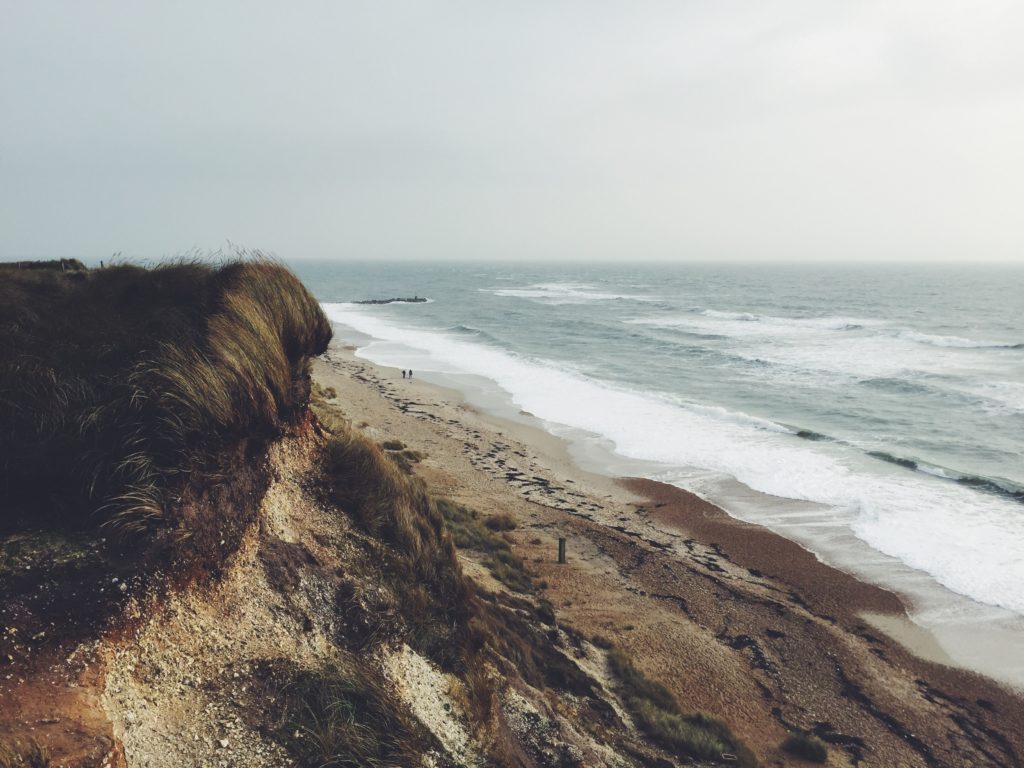
Bournemouth
Our Favorite Destinations:

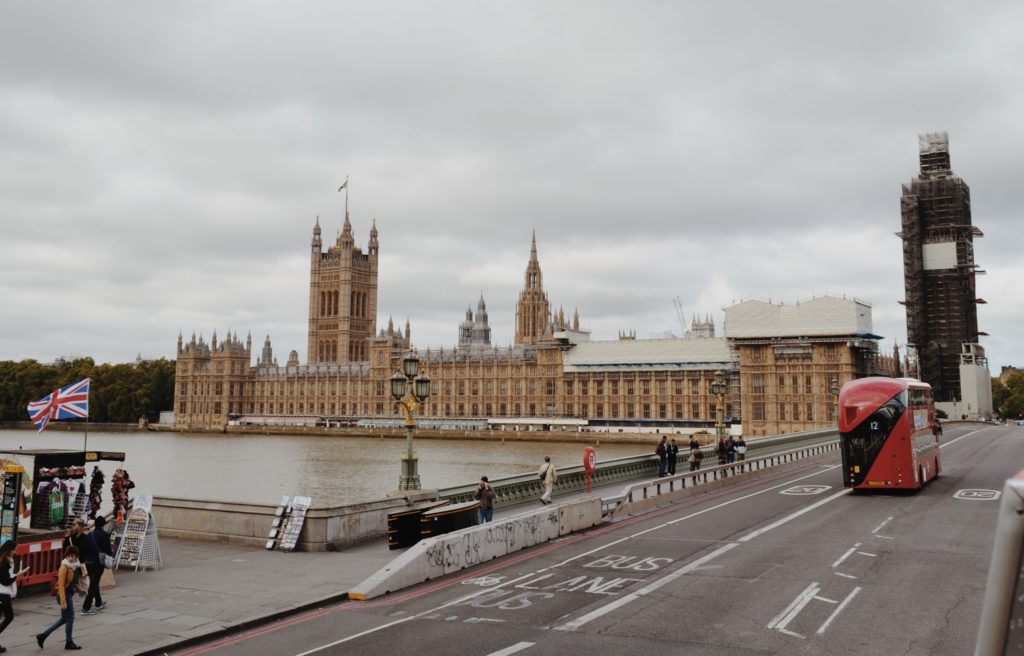
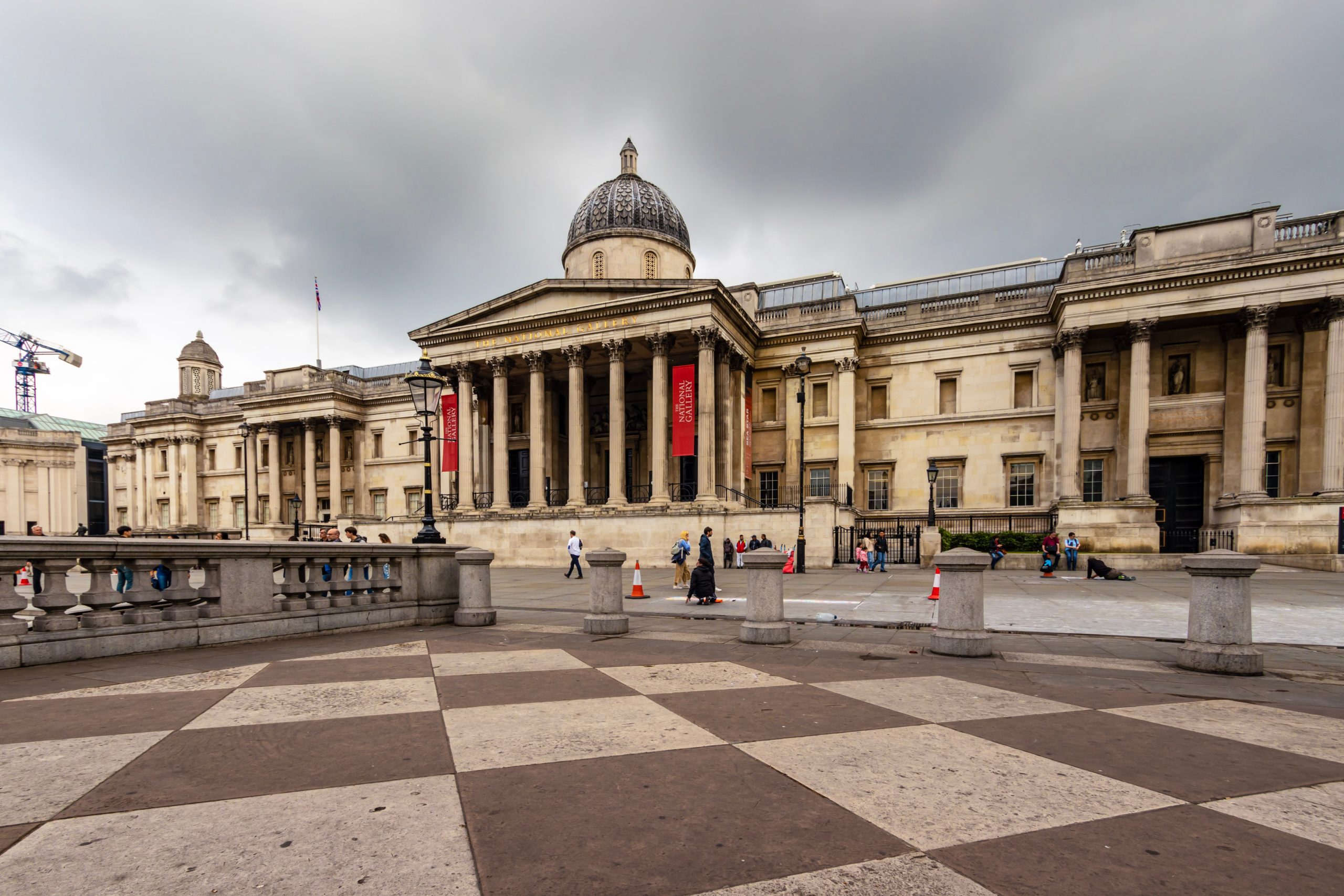
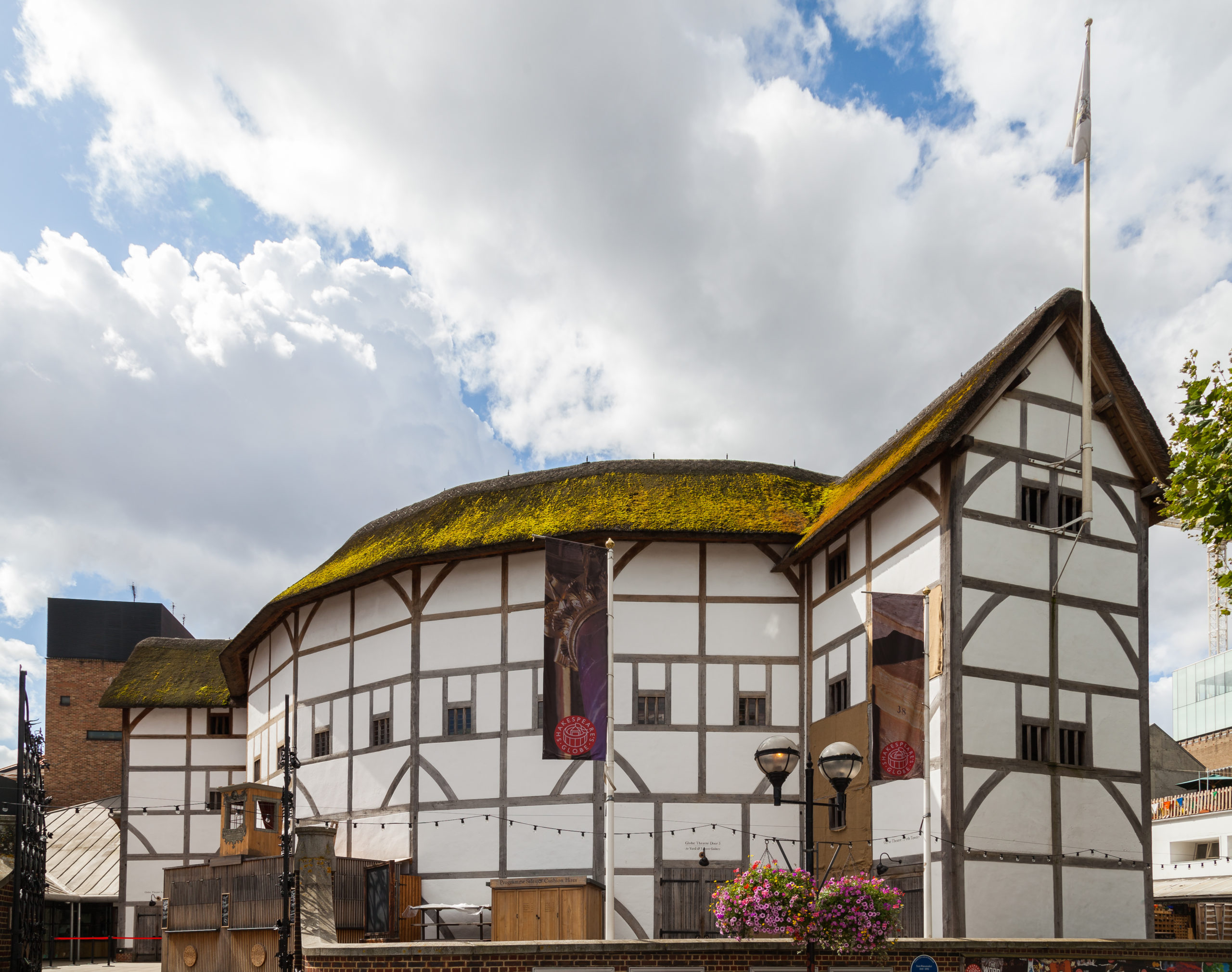
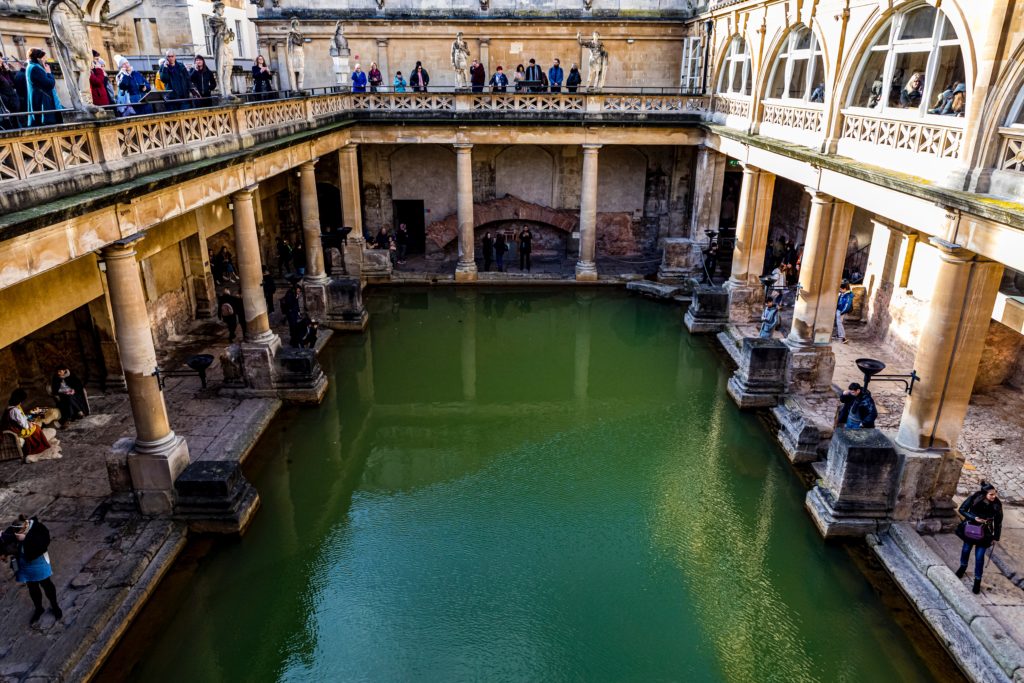
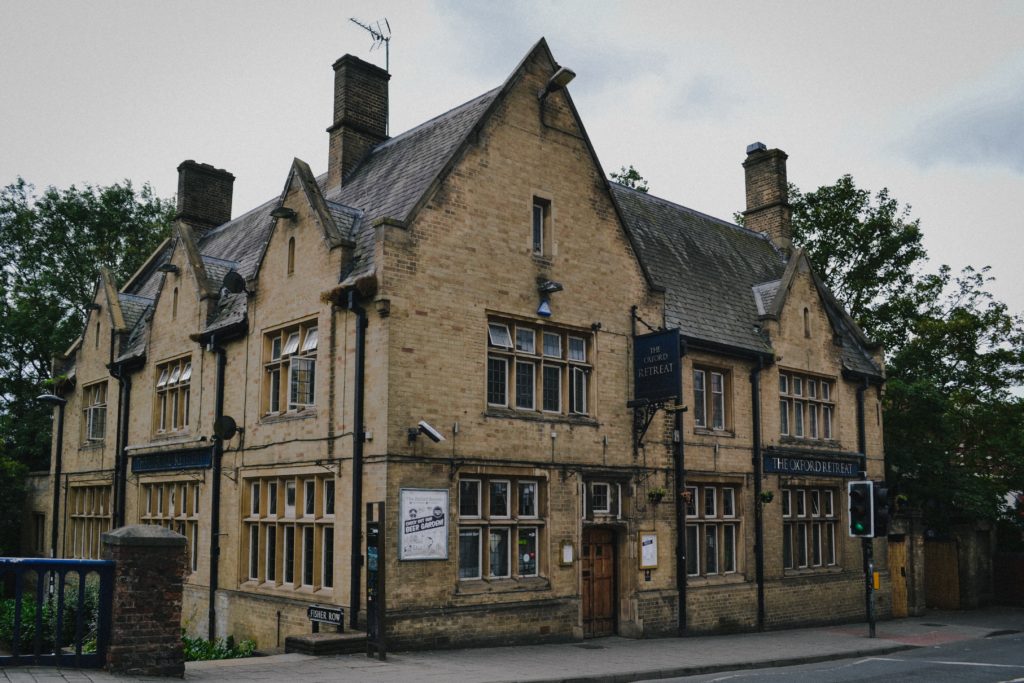
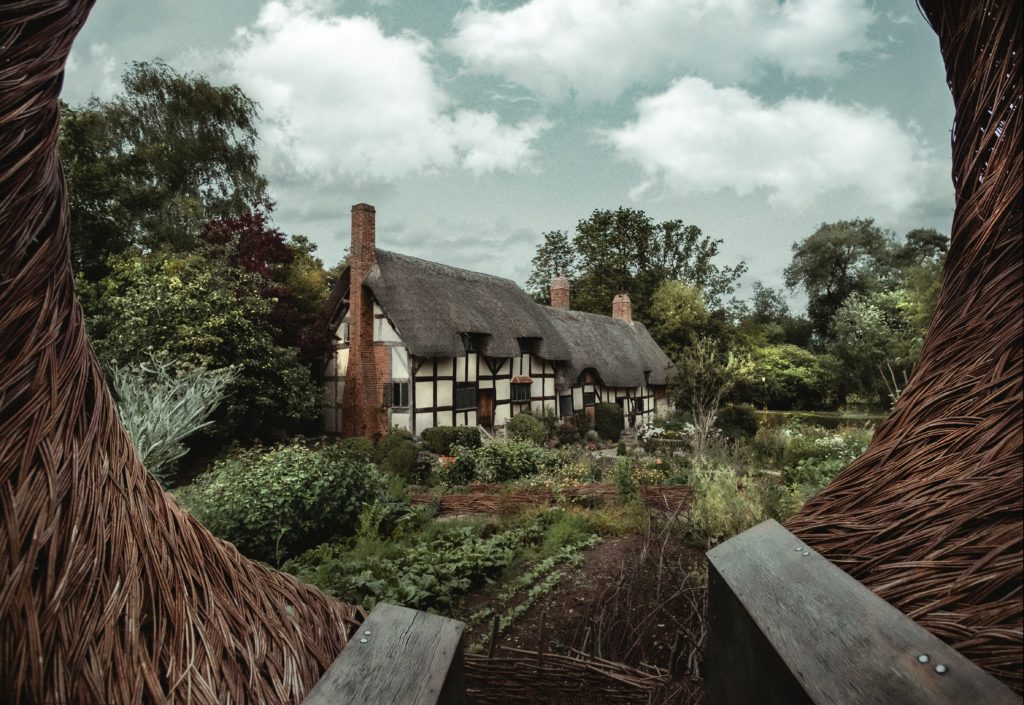
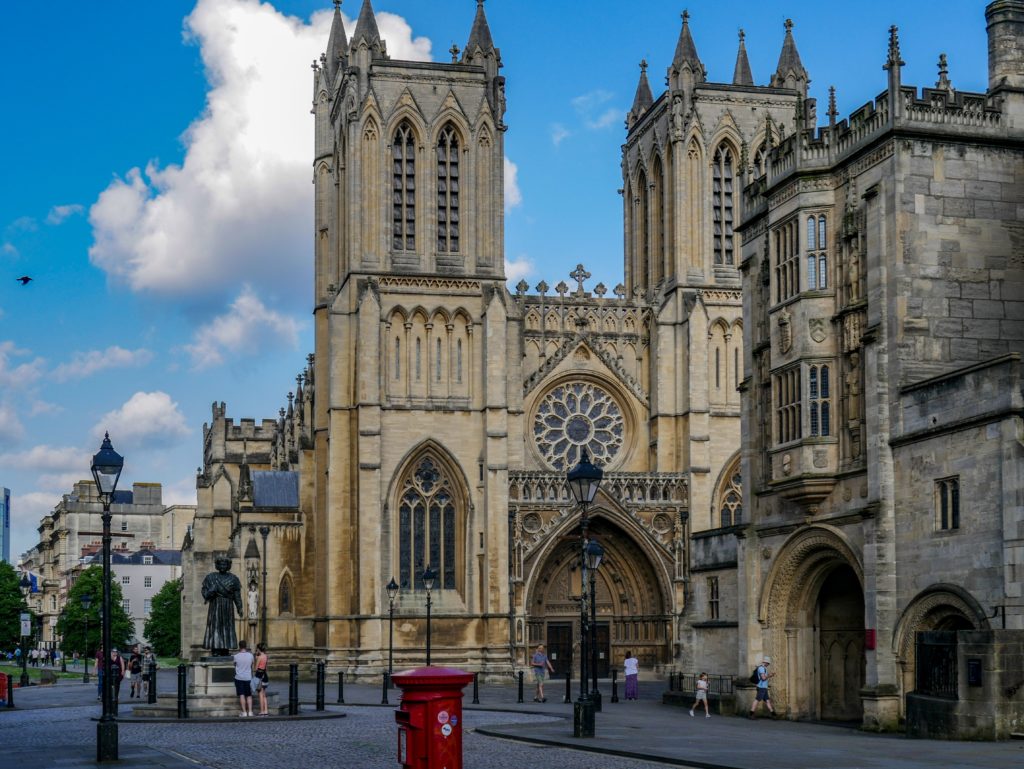
London
The capital of England has a variety of popular sightseeing spots, such as Buckingham Palace, Big Ben, the House of Parliament, and the London Eye. It was originally founded by the Romans in about 47 AD, but wasn’t the largest town in England until the 11th century.
Westminster Abbey
This church was built in phases between 1042-1519. King Edward the Confessor began by rebuilding St. Peter’s Abbey as a royal burial church before being buried there himself in 1066. More of the church was constructed under King Henry III in 1245. Today, the church has been the site of all British and English coronations since 1066 and of 16 royal weddings.
National Gallery
Founded in 1824, the National Gallery is an art museum that displays over 2,300 paintings from the 13th century to 1900. The first painting to enter the gallery was The Raising of Lazarus by Sebastiano del Piombo. The gallery moved to its current building from a townhouse in 1837.
Shakespeare's Globe
The current theatre is a modern reconstruction of Shakespeare’s original Globe Theatre. It was built in 1599 and burned down in 1613 during a performance of Henry VII. It was rebuilt in 1614, and closed in 1642 before being pulled down between 1644-1645. The modern reconstruction was built from an approximation of the original about 750 feet from the original in 1997.
Bath
Bath became a spa during AD 60 when the Romans built baths in the valley of River Avon, but the city didn’t become fashionable until the 18th century. Some interesting sites here include the Roman baths, the Bath Abbey, the Royal Crescent, the Fashion Museum, and the Jane Austen Center.
Oxford
The town dates back to the Saxon period, but became more well-known in the 12th century due to the establishment of the University of Oxford. Some notable sites include the Oxford Museum of Natural History, C.S. Lewis’ house, the Eagle and Child pub (where the “Inklings” met), and Oxford Castle and Prison.
Stratford Upon Avon
The town is famed for being the birthplace of both William Shakespeare and popular hymnist Frances Ridley Havergal. Sites to visit include Shakespeare’s birthplace, his wife Anne Hathaway’s cottage, his burial site, the rectory where Havergal was born and her burial site.
Bristol
Bristol was founded by 1000 AD and was a prosperous trading center and later an important port. John Wesley founded the first Methodist chapel in Bristol in 1739. He, Charles Wesley, and George Whitefield often preached in Bristol and lobbied against slavery during this time.

